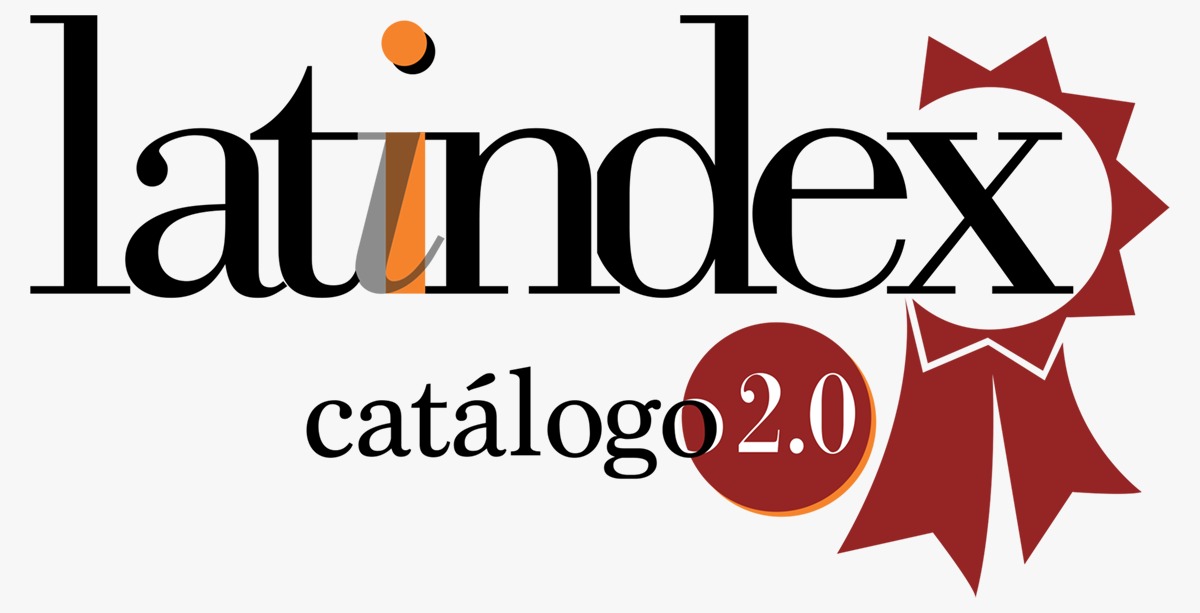THE LEARNING STYLES. YOUR CONSIDERATION IN THE HIGHER EDUCATION ENCOUNTER CLASS.
Keywords:
Learning; learning styles; training; sensory preferencesAbstract
In higher education, learning is approached as a relevant, transformative and personal growth process; during which the student deploys his personal resources towards solving problems. However, not all consciously master what these resources are and what the ways to acquire them, which is achieved if they are offered the necessary tools.In order to know which are the personal resources for learning in the students of the Engineering in Agroindustrial Processes of the Ciro Redondo Municipal University Center, a study was carried out intentionally with all (48) who study said career.Theoretical and empirical methods were used such as the assessment scale for the observation of the learner, the Honey-Alonso questionnaire on learning styles (CHAEA), a complementary method on sensory preferences in learning, and the semi-structured group interview and class observation with the teachers. The results obtained contributed to the protagonism of the students, their self-management of knowledge and self-regulation. In the teachers on how to improve the orientation of the contents in the encounter class, taking into account the learning styles and sensory preferences of the students; how to promote motivation, flexibility and quality of learning; what was possible when carrying out methodological activities for its preparation, demonstrated through the instructive methodological class in the Basic History of Cuba course -that is taught in the 1st year of the degree-, in which the results are partially introduced obtained.
Downloads
References
Almager, L.E., Avila, M., Sánchez, Y., Senghore, T., Sarr, F., Nyan, O. (2019) Estilos de aprendizaje de preferencia entre estudiantes de Medicina en La Gambia. Revista Electrónica Educación Médica Superior, 33 (4), 37-54
Castellanos, D., Castellanos, B., LLivina, MJ; Silverio, M; Reinoso, C; García, C. (2004). Hacia una educación desarrolladora. En Aprender y enseñar en la escuela: una concepción desarrolladora (Ed.), Pueblo y Educación, (pp. 20-70). La Habana, Cuba. Sello Editor Pueblo y Educación.
Castro, Castro, B (2005). Los estilos de aprendizaje en la enseñanza y el aprendizaje: Una propuesta para su Implementación. Revista de Investigación, Universidad Pedagógica Experimental Libertador. Instituto Pedagógico de Caracas, 58, 83-102. http://www.redalyc.org/articulo.oa?id=376140372005
Horruitiner, P. (2009).La Universidad Cubana: El Modelo de Formación. La Habana: Editorial Universitaria.
Martínez, M.R., Álvarez, L., Yaque, E., Hernández, LLiú., Rodríguez, Z. (2013). Manual de técnicas de exploración psicológica. La Habana: Editorial Pueblo y Educación.
Moreno, L. y León, M. (2015). Caracterización de los estilos de aprendizaje y de vida en estudiantes de primer año de la Universidad de Ciencias Pedagógicas Enrique José Varona. Revista Científico-Metodológica, 60 (1), 36-41.
Mosquera, I. (2017). Estilos de aprendizaje: clasificación sensorial y propuesta de Kolb. Revista electrónica UNIR Revista [en línea] España. https://www.unir.net/revista/.
Piorno, Y. (2014). Estilo de aprendizaje predominante en los estudiantes del segundo año de Ingeniería Forestal de la Universidad de Guantánamo. Revista Electrónica EduSol, 14 (49), 1-8.
Rodríguez-Mena, M., Corral, R., Pomares, W., Chao, A.M., López, C.L., Lorenzo, K., Lago, C.M., Regalado, H. (2015). La comunidad de aprendizaje Madiba. La Habana: Editorial Acuario.
Vigostsky, L.S. (1987). Historia del Desarrollo de las Funciones Psíquicas Superiores. La Habana: Editorial Científico Técnica.
Wikipedia (2019). Estilo de aprendizaje. htm#cite_note-4.
Published
Versions
- 2022-02-09 (2)
- 2022-01-31 (1)
How to Cite
Conference Proceedings Volume
Section
ARK
License
Copyright (c) 2022 Vivian Obdulia Gomez Varona, Zismey Martínez Fabre , Odalys Bárbara Torrecilla Doporto

This work is licensed under a Creative Commons Attribution 4.0 International License.
Usted es libre de:
- Compartir — copiar y redistribuir el material en cualquier medio o formato
- Adaptar — remezclar, transformar y construir a partir del material para cualquier propósito, incluso comercialmente.
Bajo los siguientes términos:
- Atribución — Usted debe dar crédito de manera adecuada, brindar un enlace a la licencia, e indicar si se han realizado cambios. Puede hacerlo en cualquier forma razonable, pero no de forma tal que sugiera que usted o su uso tienen el apoyo de la licenciante.
- No hay restricciones adicionales — No puede aplicar términos legales ni medidas tecnológicas que restrinjan legalmente a otras a hacer cualquier uso permitido por la licencia.













































